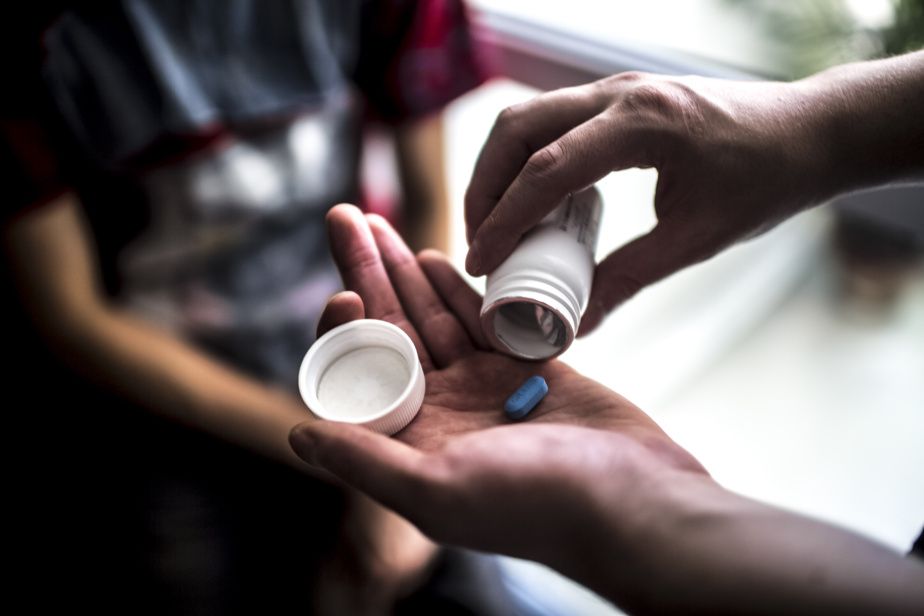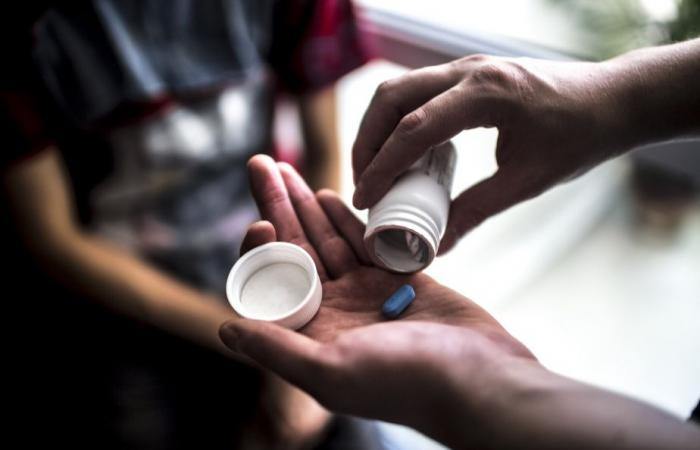Occasionally, Dialogue offers a space to a personality to allow them to make their point of view known on an issue that affects us all. As World AIDS Day approaches, the Dr Réjean Thomas recalls the benefits of pre-exposure prophylaxis (PrEP), a prevention tool which should be more accessible in order to eradicate the disease.
Published at 5:00 a.m.
Dr Réjean Thomas
Founder and CEO, l’Actuel medical clinic
Since 1988, every year, the 1is December marks World AIDS Day. In 36 years of struggle and research, numerous medical advances have been made and we now have the necessary means to eradicate this disease.
Yet not only is the human immunodeficiency virus (HIV) still wreaking havoc around the world, but the number of cases is also on the rise here.
In Quebec, the situation is worrying. With 422 new HIV infections reported in 2022, there is an increase of 78% compared to the previous year and estimates for 2023 are not encouraging. This resurgence in Quebec is due to factors such as the reopening of borders, influx of migrants, as well as the increase in the number of screenings carried out following the COVID-19 pandemic which had reduced the number of screening requests of HIV.
Added to this are worrying data, such as the proportion of cases diagnosed at a late stage of infection which is increasing and the surprisingly high proportion of new cases for which this was the first screening test (60%) .
Accessibility to screening must therefore be a priority.
One person dies from HIV every minute
According to the portrait produced in 2023 by the Joint United Nations Program on HIV/AIDS (UNAIDS), more than 39 million people are living with HIV in the world, the equivalent of the entire population of the Canada, 1.3 million people are infected each year and one person dies from HIV every minute.
Although all continents are affected by HIV, sub-Saharan Africa remains the most affected region in the world. Not surprisingly, some marginalized and vulnerable groups are over-represented in HIV categories, including transgender people, gay men, people who inject drugs, sex workers and prisoners.
The slogan of World AIDS Day this year is: “Let us follow the path of rights”. Indeed, health is a universal right and it is only by tackling persistent inequalities in health, particularly vis-à-vis vulnerable, marginalized and criminalized people, that we will succeed in eliminating the AIDS in the world.
We have the means to eradicate AIDS
To achieve this, we have a very effective preventive tool which reduces the risk of contracting the virus by up to 97% and which has existed for more than 10 years: pre-exposure prophylaxis (PrEP).
In terms of prevention, PrEP constitutes a major advance whose effectiveness relies entirely on its use. Unfortunately, PrEP is underused, although in the absence of a vaccine, it represents a vital tool for controlling the HIV epidemic.
Several factors explain this underutilization. On the one hand, the persistence of taboos regarding sexuality or the absence of courses on STBBIs in the medical curriculum harm the dialogue between patients and doctors and therefore the prescription of PrEP. On the other hand, its cost limits its use, particularly among certain people at risk. In this regard, the l’Actuel clinic participated in research demonstrating that free PrEP considerably reduces the barriers to its use and therefore to the transmission of the virus.

PHOTO DADO GALDIERI, ARCHIVES THE NEW YORK TIMES
A patient is about to take a tablet of Truvada, a commercial brand of pre-exposure prophylaxis (PrEP), effective in preventing HIV.
In Canada, six provinces already offer PrEP free of charge, either to all residents or to at-risk populations. In the United Kingdom, since 2020, PrEP has been free and there has already been a spectacular reduction in HIV transmission. Reducing the number of new infections is essential to significantly curbing the HIV epidemic. As is the case for other STIs, free treatment and HIV prevention tools represent a major public health issue.
We now have all the medical arsenal necessary to put an end to AIDS both in Quebec and around the world. In Quebec, it is time that we adopt appropriate public health policies, particularly with regard to HIV.
Our collective desire to deploy the required means represents the last obstacle to eradicating this disease.
What do you think? Participate in the dialogue








